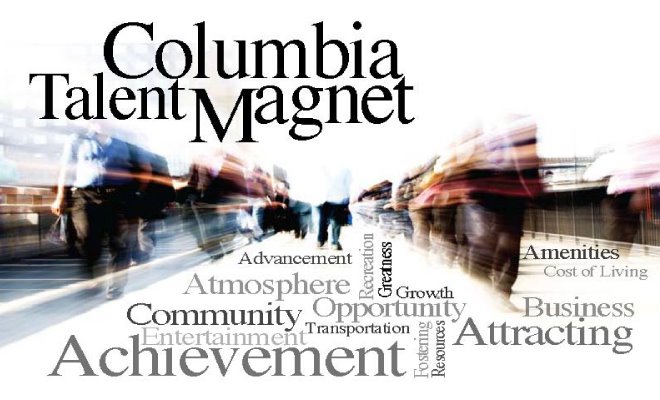http://www.thestate.com/editorial-columns/story/813405.html
Opinion - Editorial Columns
Thursday, Jun. 04, 2009
Rentz: Stop imagining; start building
By MIKE RENTZ - Guest Columnist
Columbia could go from famously hot to spontaneous combustion if it took advantage of its natural and manmade infrastructure. We have the tools.
We could tell the world to look at us — and become a leading Southern city, one that people want to visit and live in — by developing a mass transit system that really works, and making the rivers fun and useful.
If a city had to start from scratch and develop a mass transit system to tie the whole area together, purchasing the land easements alone would be cost-prohibitive. But in Columbia, the railroad tracks are already in place. All we have to do is use them. I am not talking about long ugly commuter trains, but the new generation of one-, two- and three-car trains like the ones in Jersey City, N.J. We have the opportunity to set the standard for mass transit. This is a rare time in history when all the necessary elements of something special converge and naturally fall in place.
Engineering companies that originated and are headquartered in Columbia are designing the most sophisticated mass transit systems known to man, and setting the standard all over the world.
International leaders in rail technology are right here in the Midlands, with the ability to convert buses and trolleys from rubber to rail, and most anything else that a rail system would need.
We are leading the way with hydrogen fuel technology. We could convert these trains to run on hydrogen fuel. We probably could get the “free” money from Washington to do that.
Of course we would have to work out the logistics and cost of using the existing tracks with the companies that own them. These track owners could be the shining example for all cities with rail systems. They have a chance to maximize the use of their tracks by moving people as well as commodities.
The tracks are laid out much better than the ones in the Northeast, and there is much less traffic on them. Compared to the complexity of the train-based mass transit operations in the Northeast, a Midlands system would be easy. Station stops could be at the intersections of major roads in Five Points, the Vista, the airport, Lake Murray and Irmo, the zoo, USC sports facilities, Northeast Columbia and so on. Think of it: The Garnet army could converge on a sports event on the Garnet Express. The benefits of minimizing auto traffic is obvious. The trains could run on fixed schedules that do not conflict with existing rail traffic. They could pull off of the main lines onto the many existing spurs if an emergency did arise. Special events could have special trains that ran for that event only. Taking the train to the airport from anywhere in the Midlands would be a sure bet.
Let’s start with the rubber-tired trolleys. Convert them to run on rail with hydrogen fuel. Set up a trial run from the Vista to the zoo or from downtown to the airport, and see how it goes. A one- or two-car train could stop and start at intersections just like the busses do now. With the station stops at major street crossings, safety would be enhanced. Regular city buses could run local routes from the train station stops in the areas where we need them. All we need is the will and leadership to do this. Think of the thousands of happy voters when you hear that whistle blow and the trains run on time.
While the trains would be good, the rivers and canal would be great. One hundred sixty years ago, the Midlands used the rivers and canals for travel. We are living the revitalization of these waterways. We should open the river channels that have been abandoned or were destroyed by Sherman on the Saluda, Broad and Congaree rivers. Imagine water shuttles and taxies from Gervais Street to the zoo and Lake Murray, a Garnet navy on the Congaree coming all the way from Charleston. We have an existing three-mile-long canal that allows us to tie the Interstate 20 area at the Broad River all the way to Gervais Street. Imagine the I-20/Broad River area full of hotels and businesses with a quick water shuttle to the Vista. The cars stay at I-20; the people come to the Vista faster than they could drive.
South Carolina has always led, sometimes blindly, but still led. The jobs and economic growth associated with the existing water and rail infrastructure could be tremendous. We can develop these assets quickly. If we all pull in the same direction, we would take a giant step in reclaiming our leadership role in the New South by setting the standard in mass transit. The Empire State Building in New York was built in one year. Let’s require our leaders to do something just as amazing with our infrastructure in one year. Let’s fast-track the trains and open the ambiance of the canal and rivers. Let’s pour some fuel on this hot spot and light up the South from Columbia.
Seriously.
Mr. Rentz is president of Rentz Engineering, a structural engineering consulting company in West Columbia.

No comments:
Post a Comment